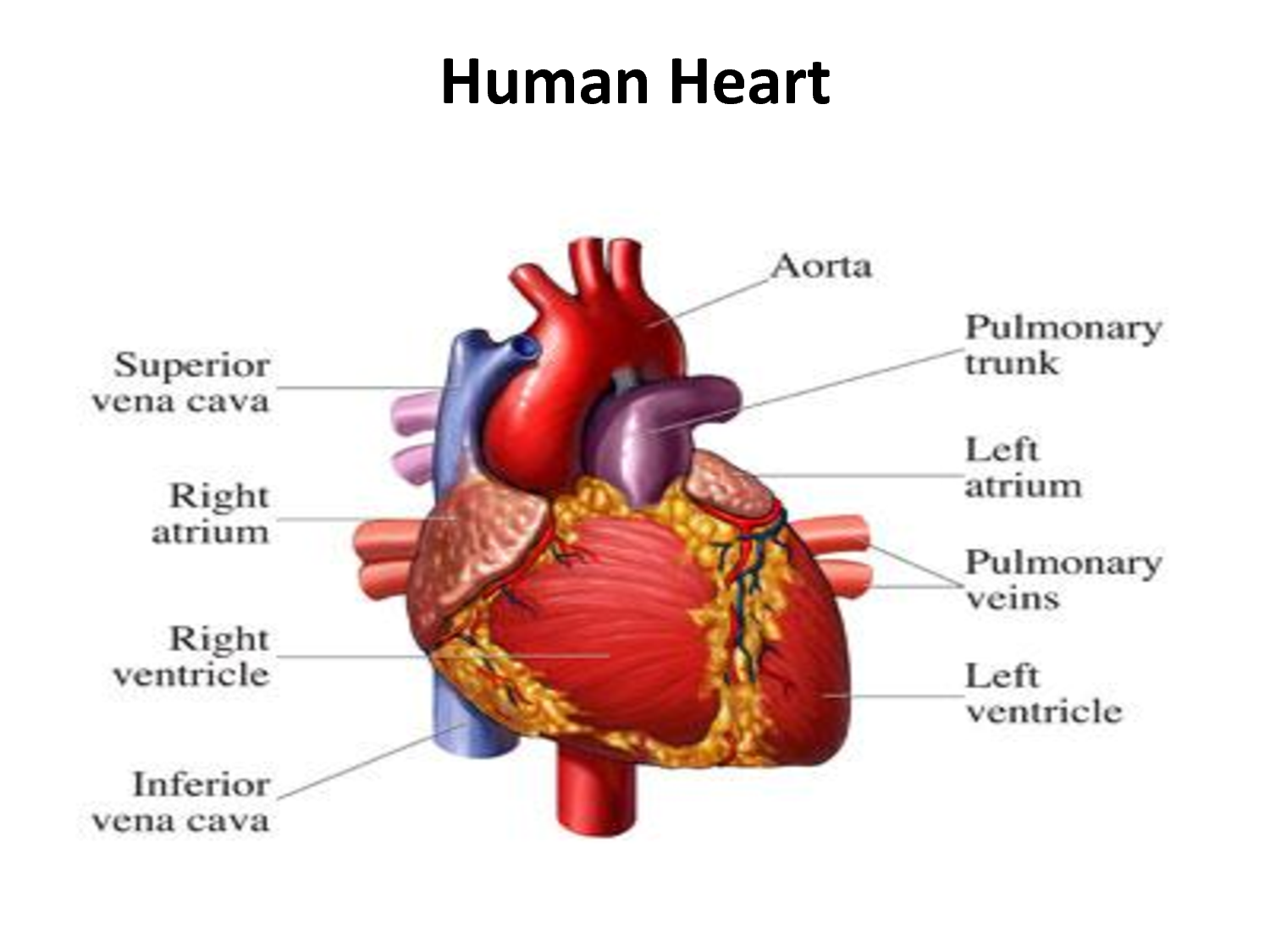It's important to note: that death is most likely to occur after 10 minutes of loss of oxygen to the brain. From 6 to 10 minutes brain damage is expected. From 4 to 6 minutes brain damage is very possible and from 0 to 4 minutes brain damage is virtually non-existent.
Understanding CPR
When the heart stops beating blood stops flowing throughout the body. Cardiopulmonary Resuscitation (CPR) is when a person performs chest compressions and breathing into a patient who has no pulse or who isn’t breathing. Chest compressions combined with breathing into the patient will carry the now oxygenated blood throughout the body and into the brain. CPR acts like an artificial heart moving the blood rich in oxygen to the brain.
The patient's survival rate increases as he/she receives CPR, an Automated External Defibrillator (AED), and if Emergency Medical Services (EMS) arrives within 10 minutes.
Recommendation
Untrained rescuers should provide Compression-only CPR since it's easy for an operator (dispatcher) to provide and guide instructions over the telephone. Remember, it is a priority to activate the Emergency Response System immediately and to provide chest compressions..
If you witness a sudden cardiac arrest and attempt CPR, you can dispense with the mouth-to-mouth breathing. According to the American Heart Association, performing hands-only CPR can be just as effective as performing CPR with mouth-to-mouth. That means chest compressions alone are sufficient until trained responders arrive on the scene.
Do note that conventional CPR is still the way to go with children and infants. However, as most pediatric cardiac arrests are caused by asphyxiation, it may not be possible to perform rescue breaths. If so, go ahead with the hands-only method as it is better than no CPR at all.
To perform hands-only CPR, first, kneel beside the person who needs assistance. Get into position by placing the heel of one hand on the center of their chest, and the heel of the other hand over the first hand. Interlace your fingers. Keep your shoulders lined directly over your hands and your arms straight.
Once in position, start pushing hard and fast. Make use of your body weight to help make compressions, which should be at least two inches deep and occur at a rate of at least one-hundred compressions per minute. Allow the chest to rise completely between each compression.
From there, keep pushing until you see breathing or obvious indications of life. You can also stop once a trained responder or EMS professional is ready to take over or an AED becomes available. Stopping may also be necessary if you are unable to carry on due to exhaustion or the scene becomes unsafe.




